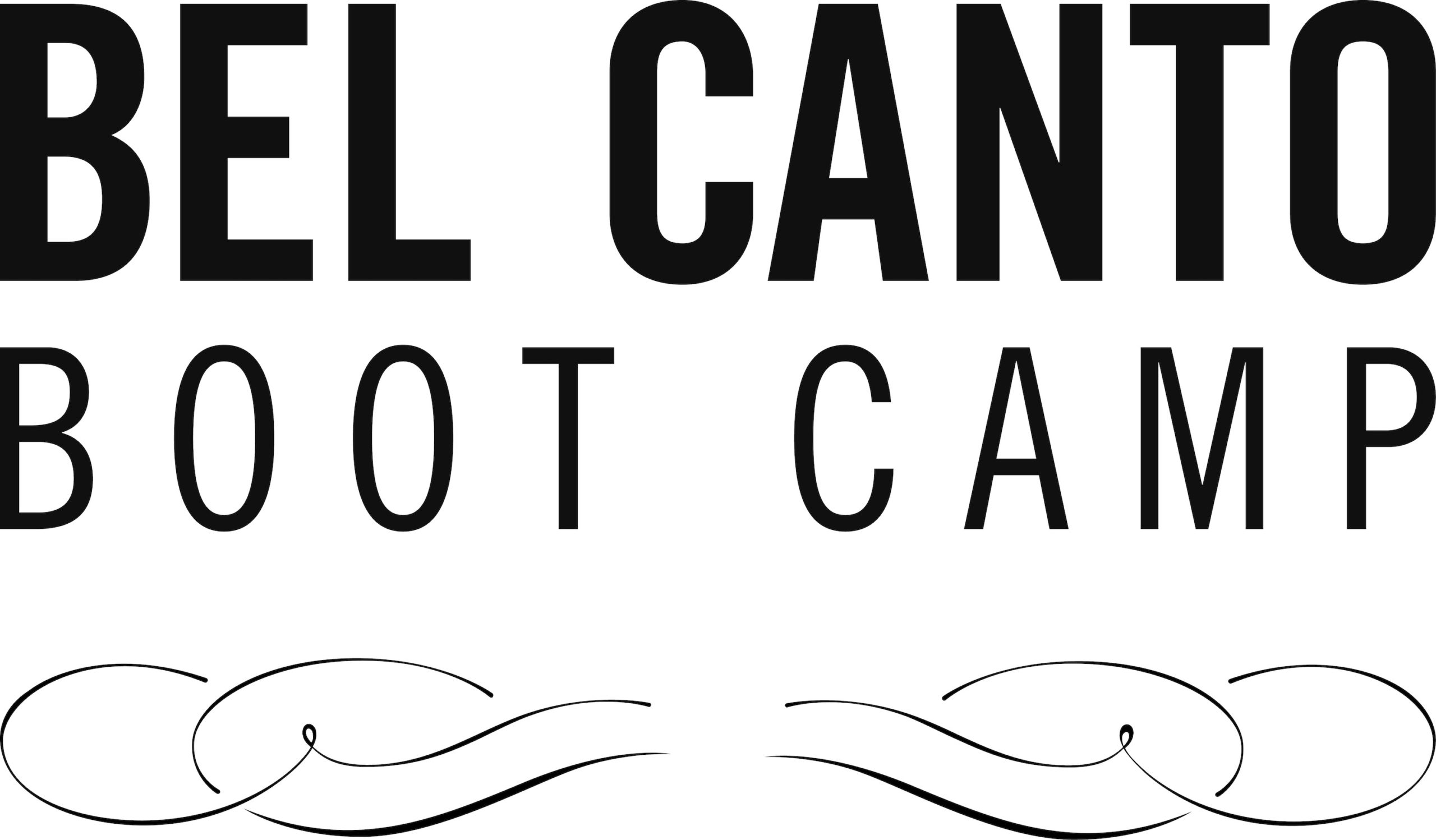Radomski, James. Manuel Garcia (1775-1832): Chronicle of the Life of a Bel Canto Tenor at the Dawn of Romanticism. Oxford University Press, 2000.
James Stark (the subject of my previous post and also many weeks of Zoom Book Club meetings) ends his discussion of bel canto with the following quote from Blanche Marchesi:
It would be utterly impossible to write anything serious about singing if one did not start with the consecrated name of Garcia. The Garcia family were the founders of the singing school in which knowledge of the physiology of the voice goes hand in hand with all the great traditions of style.
Blanche Marchesi, The Singer’s Pilgrimage, 1923, p. 13
Since there is so much written by and about each member of the family, I think it’s wise to look at the biographies of each as well as their individual writings on singing. The Garcia family, Manuel Garcia I and his second (?) wife Joaquina and their three children Manuel Garcia II, Maria Malibran and Pauline Viardot, were each known as singers and teachers in their own time and in many ways much of what we still expect of singers and how we train them is descended from the singing, teaching and writings of this illustrious family. Fortunately there is no shortage of English language sources about this family. (If only the same could be true about other significant singers!)
I’ll start with the elder Manuel Garcia. Radomski’s biography is thoroughly researched and does an excellent job of placing the elder Garcia in the musical worlds he inhabited in Spain, Italy, France, and even the USA and Mexico! In addition to a singing career, he was also a composer, teacher and impresario, producing performances featuring the family in the new world. All of this is a very long story and very much worth reading not just to learn more about this one influential singer (he was the first Count Almaviva among the many roles he created) but for insight into the musical world singers of this era lived and worked.
In the case of Garcia, researching this biography was complicated by the fact that Garcia was neither honest nor forthcoming about his origins or upbringing, but Radomski has done as well as one could hope in sorting out the fact from the fiction. For example, there is some confusion about whether Garcia’s first marriage was ever annulled or if he ever married Joaquina Sitches (a comprimaria singer who never had any pretensions of being a prima donna). Radomski does his best to sort out what is from what is not known, but much mystery still remains on this and so many other subjects.
In addition to being a singer, teacher and impresario (he produced the first Italian opera performances in the United States featuring his own family in the leading roles), he also composed (“Yo que soy contrabandista,†a polo, is the most famous piece from Garcia’s opera El poeta calculista, and probably the best known piece that he wrote.) and he also published a treatise on singing (Exercises and Method for singing, with an accompaniment for the piano forte, composed and dedicated to Miss Frances Mary Thompson by Manuel Garcia (London: T. Boosey & Co. Importers and Publishers of Foreign Music, [1824}. The English edition was published first. French edition, which is available at imslp.org was published later.
Of particular interest to BCBCers will be Garcia’s ideas about singing which Radomski summarizes (pp. 278-79):
- A constant exposure to all kinds of music from an early age (at home, on-stage, attending concerts). Exposure to professional musicians at home in an informal environment, opportunity to hear professionals practice.
- Early education (from age 5 or thereabouts) in piano, harmony, and counterpoint with the best teachers available.
- Extensive early study of languages.
- Later, careful study of voice culture through solfège, scales.
- Breathing is slow, relaxes, a natural expression of the face is maintained.
- Shoulders are held back, as when the arms are crossed behind the back.
- A tone is attacked piano, swells to forte, then diminished; there is no aspiration (ha, he, hi, ho, hu) before the tone.
- A smooth connection between tones is maintained; one moves directly from tone to tone without scooping (the latter being considered a French characteristic).
- High notes, being delicate, are not overworked.
- Emphasis, while practicing is on the middle and lower registers.
- Chest tones are carefully, but strongly developed in all female voices.
- Falsetto is developed in male voices.
- Songs are first practiced without words.
- Thereafter, all possible expression is drawn from each word.
- Students, from the beginning learn to improvise ten to twenty variations of a given line (examples are given in his method and that of his son).
- Musicianship is fostered through a cappella ensemble singing.
- Confidence is given through studio recitals, including chamber operas.
- Hard work is demanded severely by the teacher.
- At the same time, knowing how to practice (quality) is more important than practice itself (quantity).
- Timidity (the attitude of “I can’tâ€) is severely reproved by the teacher. Even fear tactics are used to instill a readiness to obey the teacher’s commands.
- Musical spirit, energy, and taste are acquired by coming into contact with that of the teacher.
Interesting, no? It also gives us a good idea of how Manuel II, Maria Malibran and Pauline Viardot were trained and foundation of many of their own ideas about singing. I’m hoping we can schedule a Zoom call at some point and discuss this list, assuming we can get through all that in an hour.
